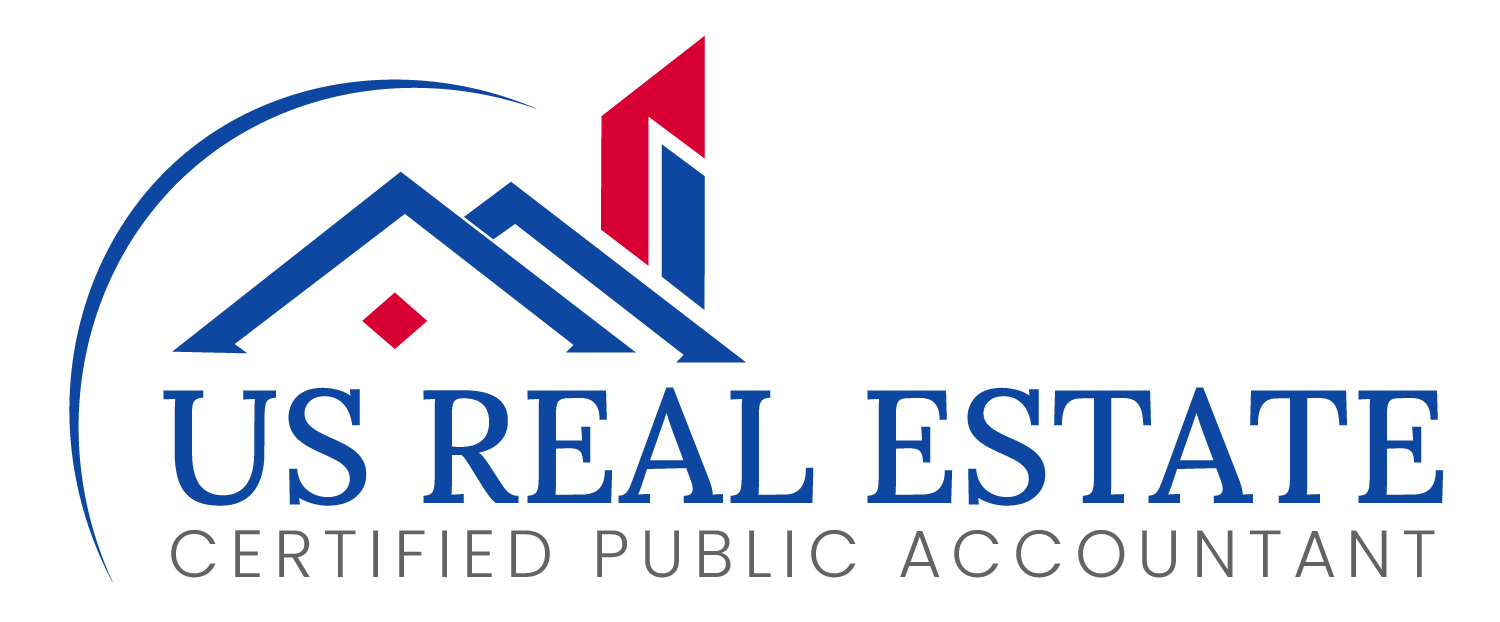
What Does It Mean to Materially Participate in Real Estate?
Material participation is an IRS rule to check if you’re actively involved in running a real estate property or business. This rule helps the IRS decide if your income is active or passive, which affects your tax benefits. If you meet the material participation standard, you may be able to deduct real estate losses from your taxable income, lowering your tax bill.
In real estate, material participation means you’re more than just a passive investor—you’re actively devoted in managing and making decisions about the property. The IRS has seven tests for this, and you only need to pass one to qualify.
Why Material Participation Matters in Real Estate
For many real estate investors, understanding the difference between active and passive income is important. Passive income from real estate (earned without active involvement) often has limits on tax deductions. But if you’re actively involved, your rental income and losses are considered “non-passive,” allowing you to fully deduct losses against other income, which can lessen your taxes markedly.
This is especially helpful for real estate professionals, who can use active involvement to offset their income with rental losses—a big tax-saving move. For other investors, meeting active participation standards can also help when selling a rental property, where passive loss limits might otherwise slash deductions.
The Seven IRS Tests for Material Participation
The IRS has seven ways to determine if you’re actively involved in your real estate property. Meeting any one of these qualifies you for “active participant” status for taxes.
1. 500-Hour Test
– You spent at least 500 hours on property activities during the tax year, ideal for those who directly manage or oversee their properties.
2. Substantially All Work Test
– You did most of the work for the property yourself, with minimal outside help.
3. 100-Hour and More Than Others Test
– You spent at least 100 hours working on the property and more time than anyone else involved, including employees, co-owners, or contractors.
4. Significant Participation Activity Test
– You spent over 100 hours on each property and 500 hours total across multiple properties, ideal for those managing several smaller properties.
5. Five of the Last Ten Years Test
– You actively participated in the property for five of the last ten years. This works well for those with long-term real estate involvement even if less active recently.
6. Personal Service Activity Test
– You were actively involved in a personal service activity, like real estate brokerage, for any three past years. This mostly applies to real estate agents or brokers who now manage properties.
7. Facts and Circumstances Test
If none of the other tests fit, the IRS may look at your overall time, effort, and involvement to decide if you were actively participating. However, this test is rarely used because it’s more subjective and harder to prove.
Practical Steps to Qualify for Material Participation
1. Track Your Hours and Activities
– Keep a detailed log of your daily property management tasks. Use time-tracking tools to record work related to tenant relations, maintenance, and admin tasks.
2. Organize Your Documents
– Keep thorough records like leases, maintenance requests, tenant communications, and contractor invoices to show your involvement to the IRS
3. Consult a Tax Professional
– Work with a CPA who knows real estate to ensure you meet the participation rules and have all required records. They can also help you structure your business to qualify for active participation.
4. Review Your Involvement Every Year
– Real estate activity can change, so check your participation yearly to stay compliant and fully benefit from tax deductions.
Example Scenarios of Material Participation in Real Estate
1. Single-Family Property Manager
– A landlord managing one rental property may not reach 500 hours but qualifies under the Substantially All Work test by handling all tenant issues, maintenance, and bookkeeping alone.
2. Real Estate Professional with Multiple Properties
– An investor with five rentals, spending about 120 hours per property and over 500 hours total, qualifies under the Significant Participation Activity test, allowing full tax deductions on losses.
3. Retired Real Estate Agent
– A retired agent who now invests in rental properties might qualify under the Five of the Last Ten Years test if they were actively involved in real estate in past years.
Implications of Failing to Meet Material Participation Requirements
If you don’t qualify as a material participant, your rental income is considered passive, and any losses are generally limited to your passive income. This reduces your ability to offset other income, leading to higher taxable income. It can also limit your ability to use losses to offset future gains.
Key Points to Remember
- Active vs. Passive Participation – If you meet material participation rules, your rental activities are considered active, allowing you to fully deduct losses.
- Keep Records – Maintain detailed records every year in case the IRS asks for proof of your involvement.
- Tax Planning – Consult a tax advisor to make the most of tax benefits related to material participation and other real estate perks.
- Stay Updated on Tax Laws – Tax laws can change, so staying informed helps you keep qualifying for deductions and credits related to material participation.
Conclusion
Material participation is a valuable benefit for real estate investors, helping them unlock more tax savings and avoid limits on passive losses. By meeting IRS standards, keeping good records, and staying prepared, investors can maximize their returns and handle tax rules with confidence.



